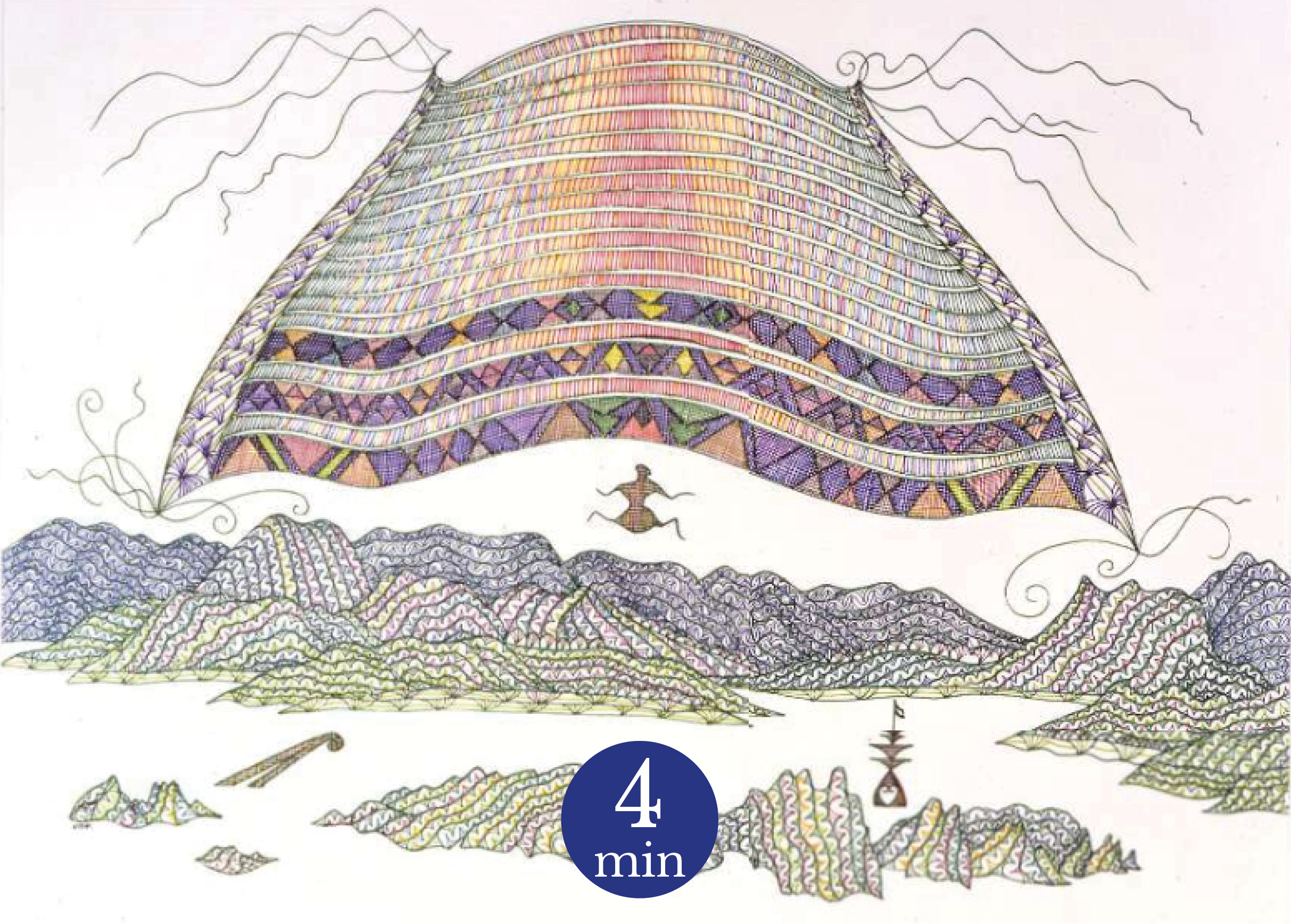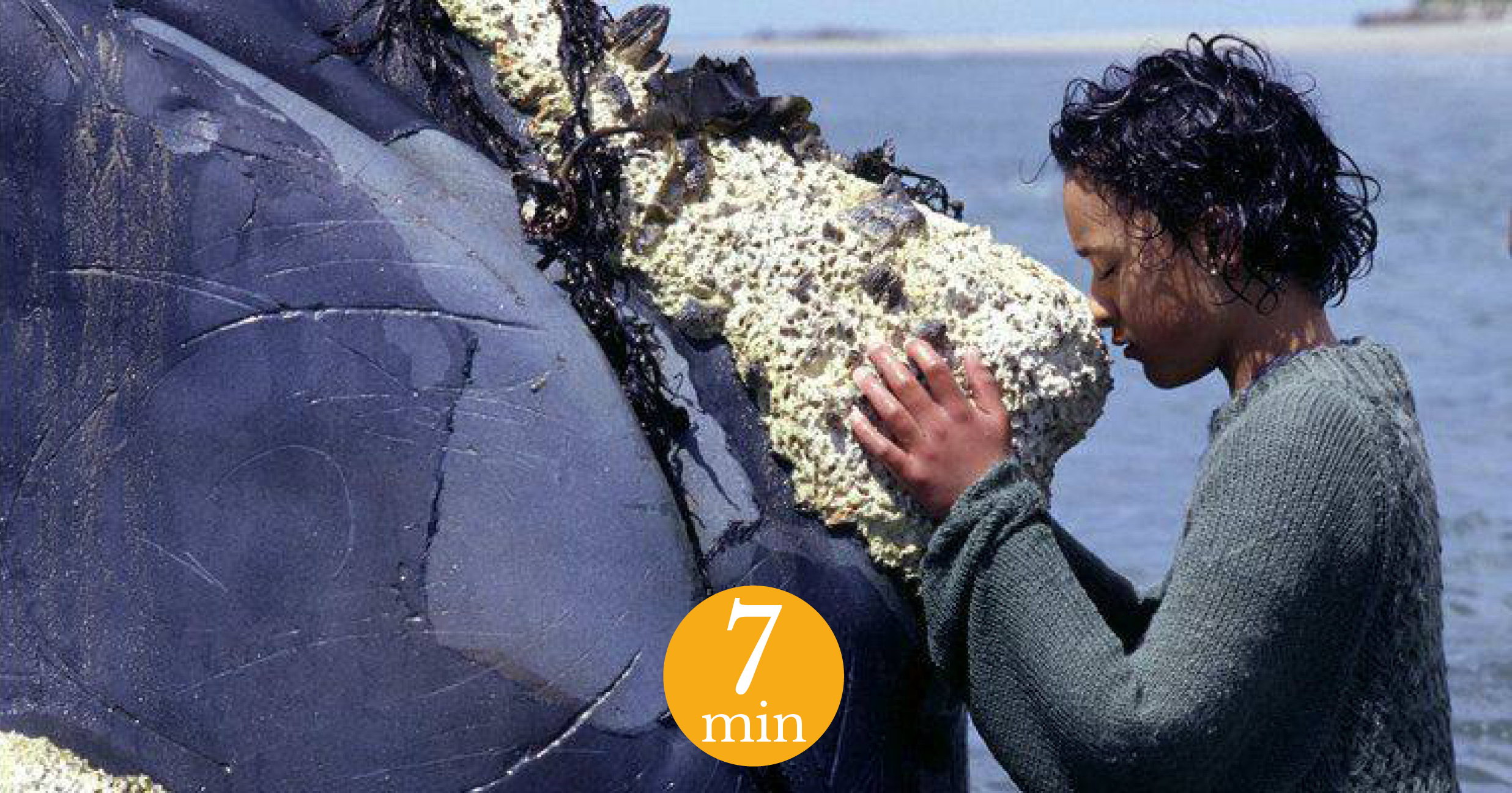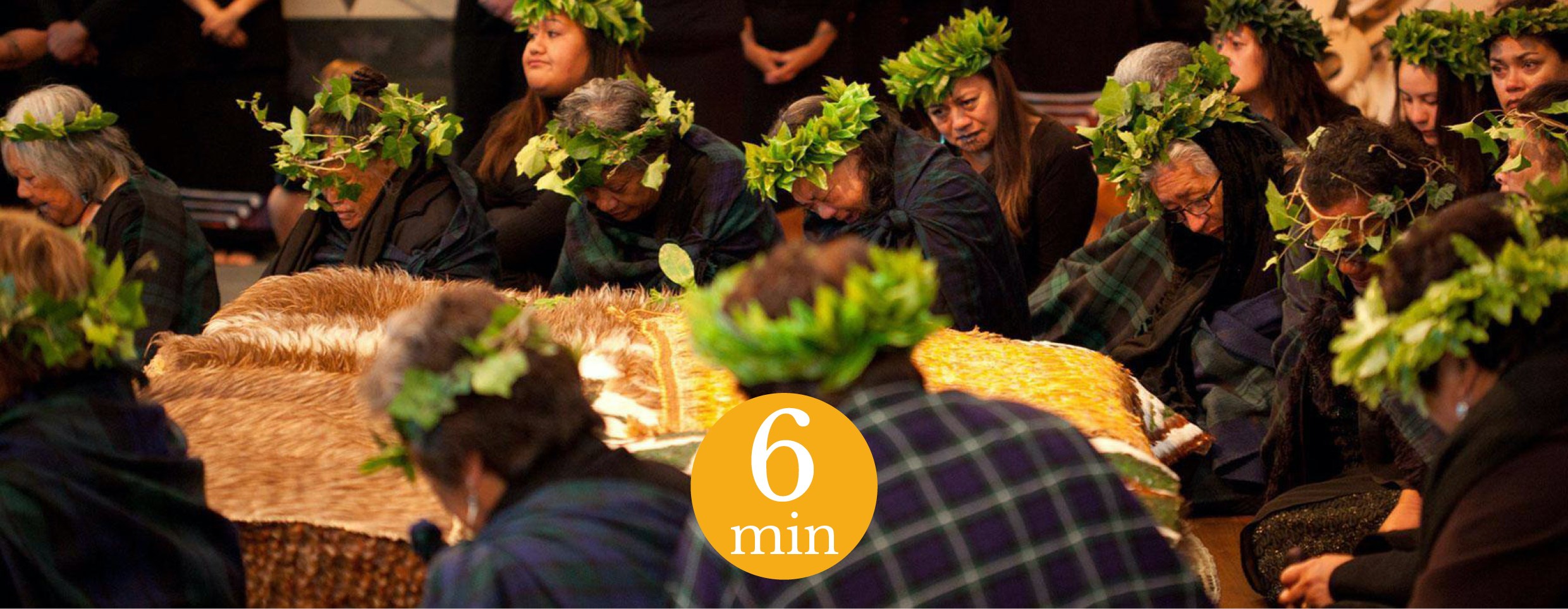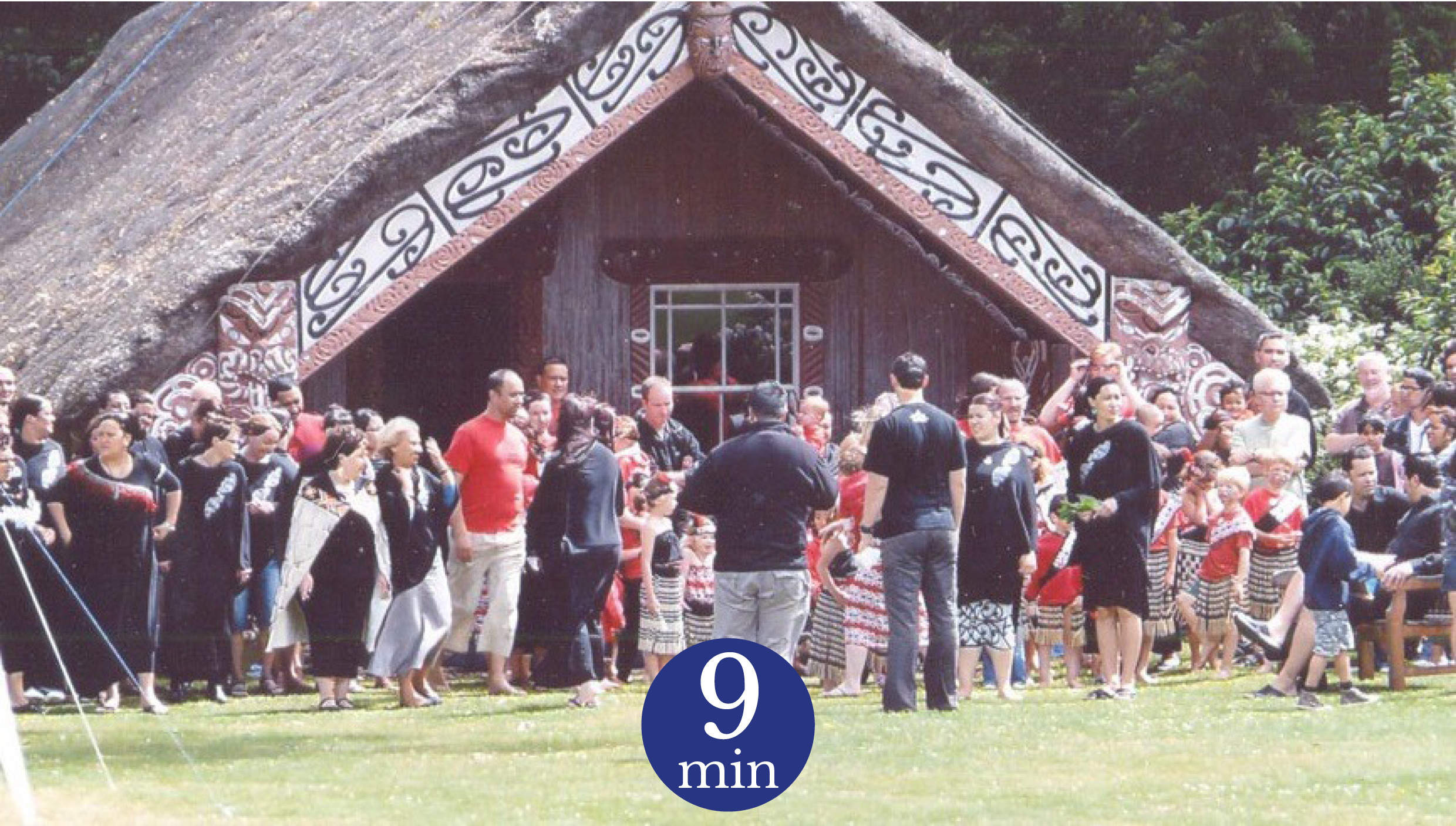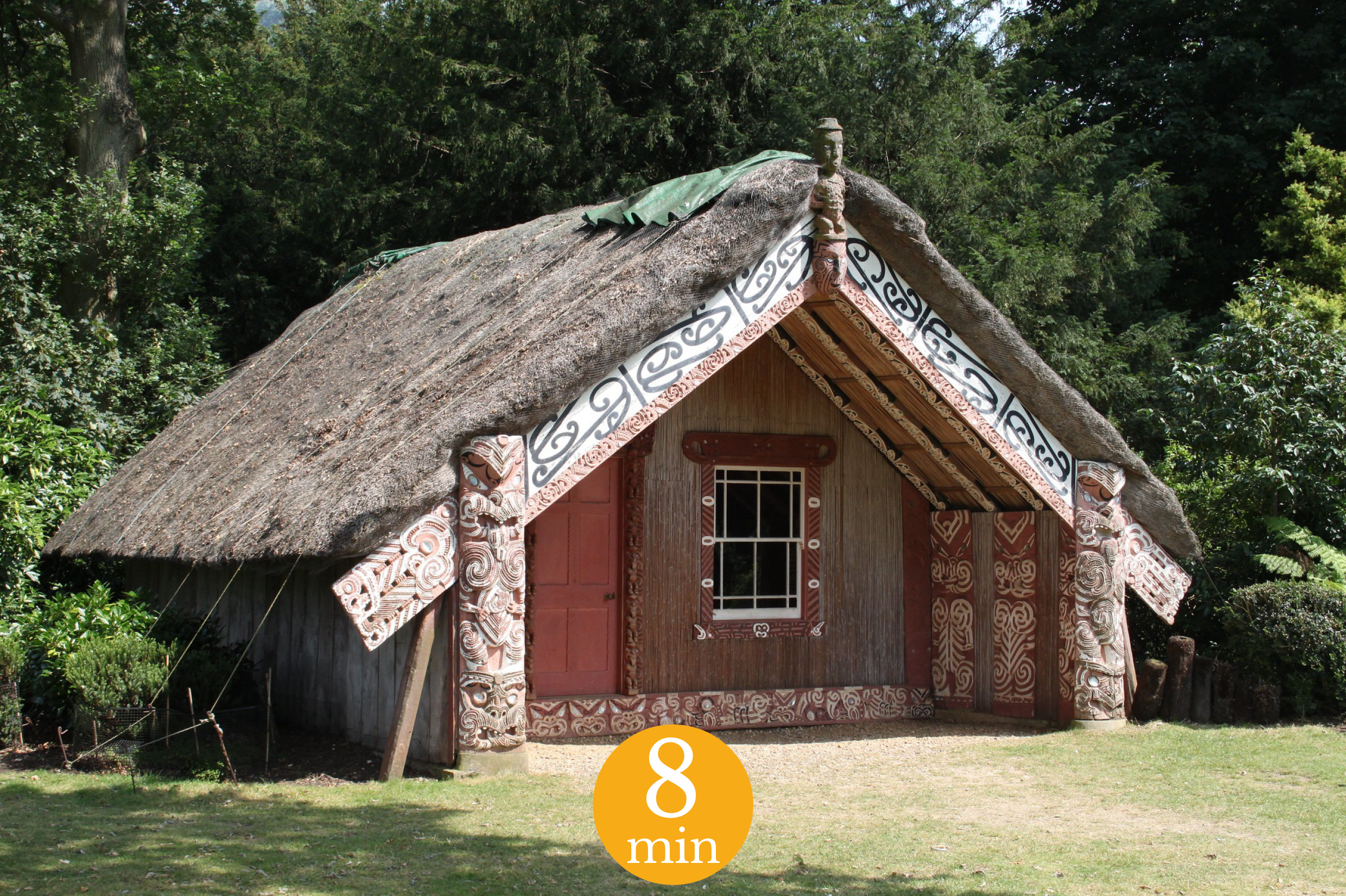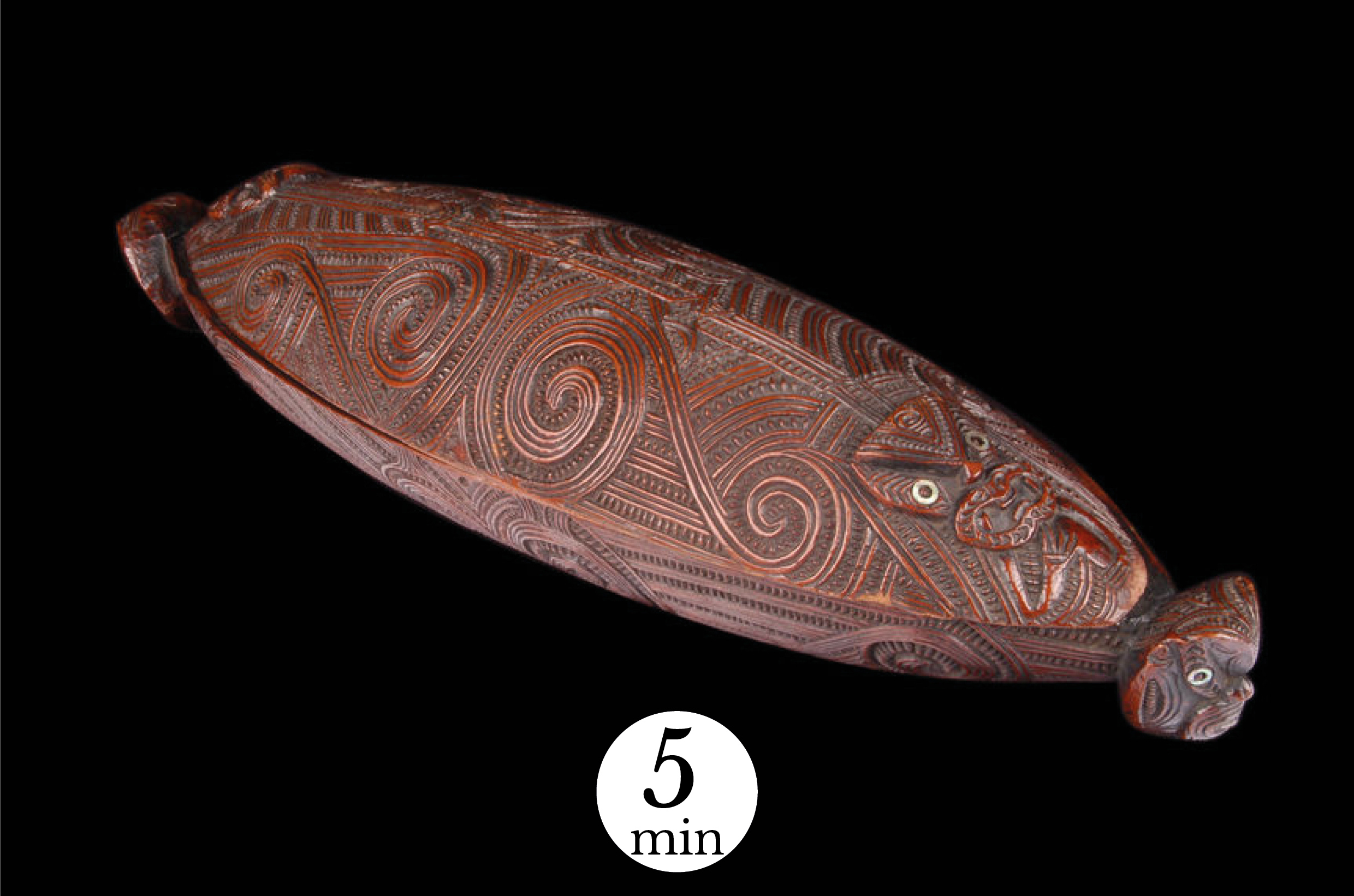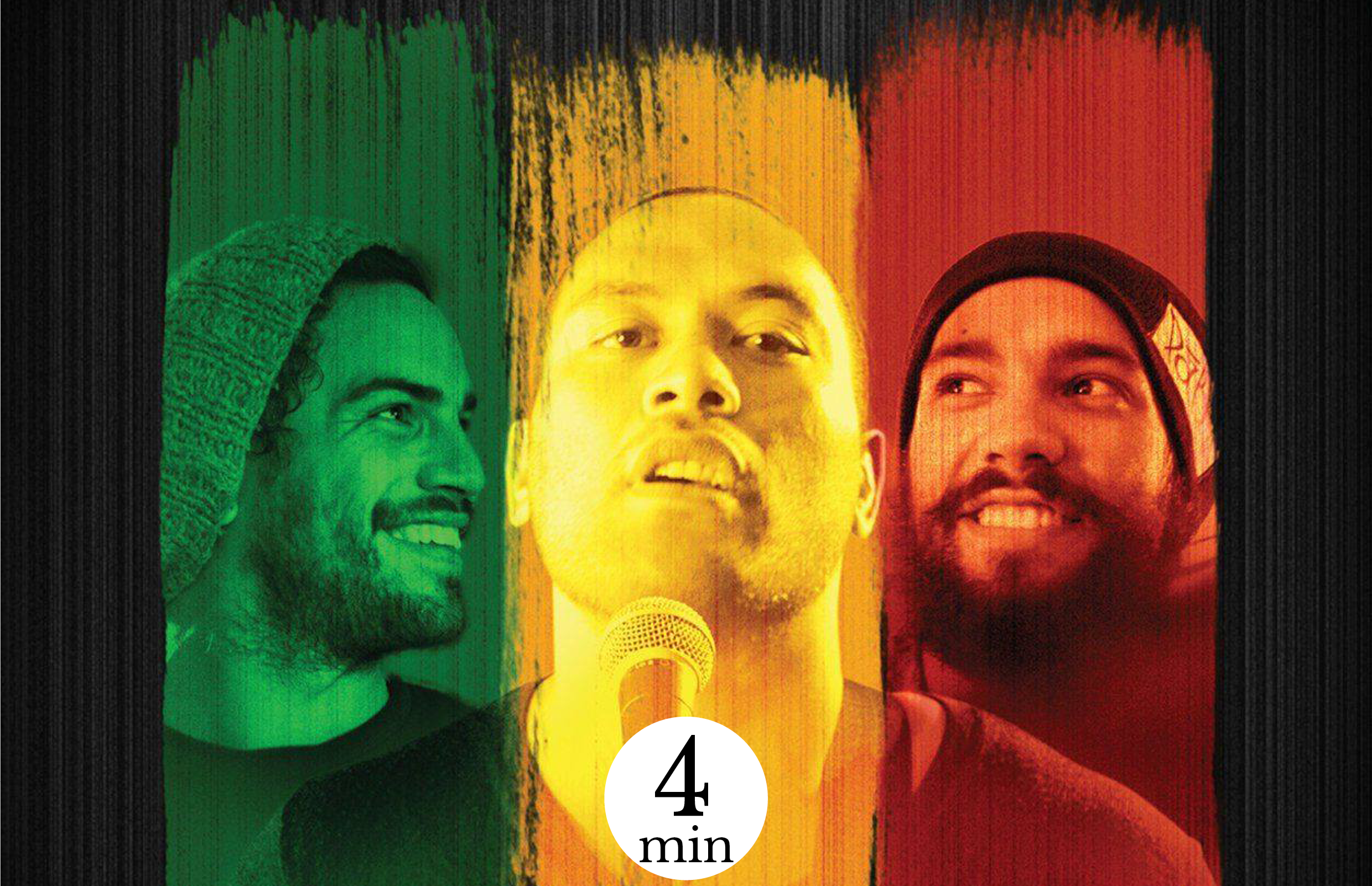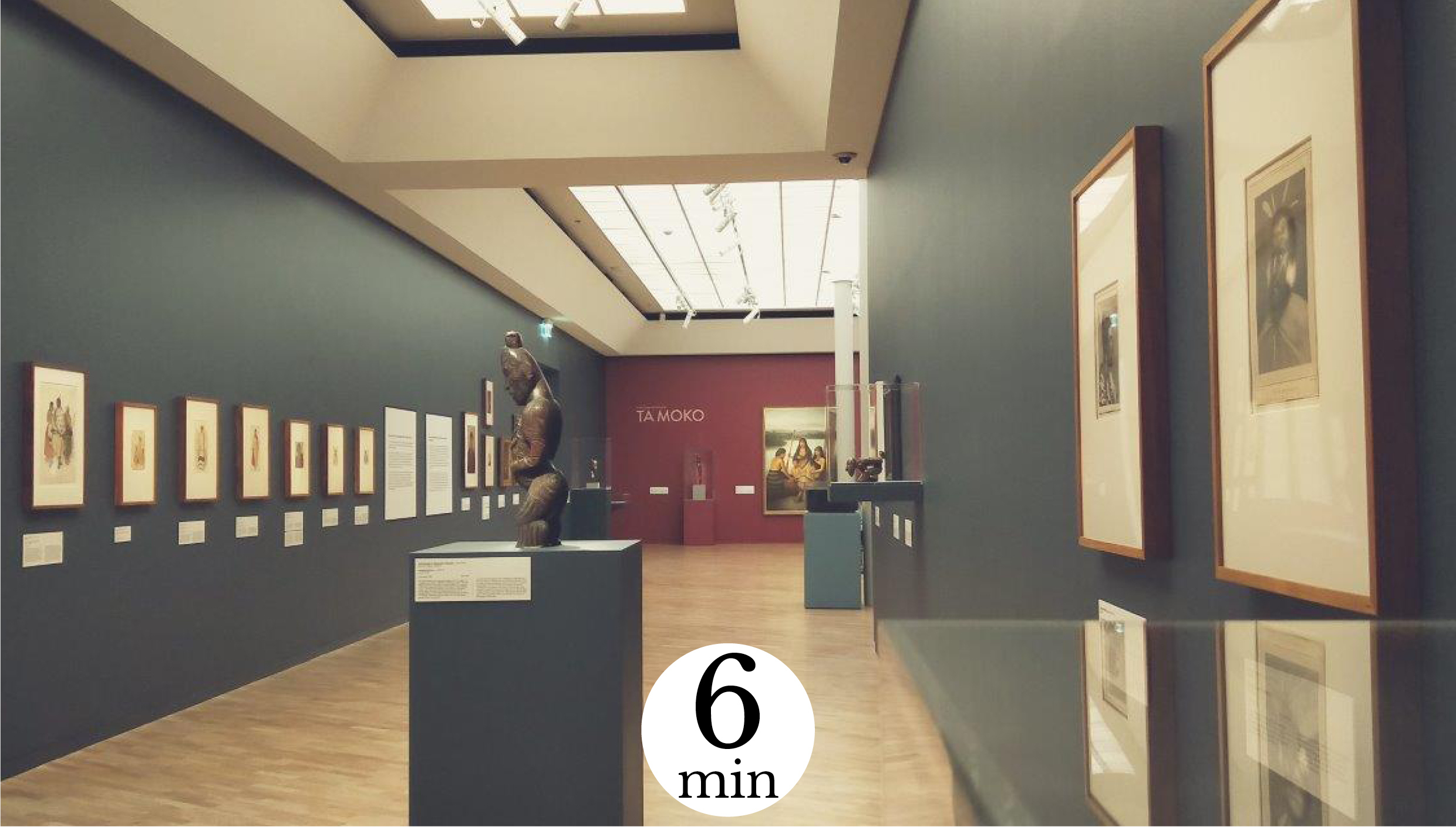A harmony of coloured strokes, interlacing lines that form mountainous landscapes, sketch stylised silhouettes, draw dugout canoes sailing on the sea, compose large 'capes' that spread out in the sky. The painted works of Maori artist John Bevan Ford are immediately recognisable. They are peaceful and harmonious, and the many symbols in them arouse curiosity. In this article, CASOAR gives you some keys to read them. Read More

The Whale Rider, un récit initiatique au cœur de la tradition maorie
« La première fois que j’ai vu Moby Dick […], j’étais déçu de la manière dont la grande baleine blanche était présentée comme démoniaque : en réalité, elle essayait juste de se sauver du capitaine Ahab ».1
Nous ne vous parlerons pas de Moby Dick aujourd’hui, mais de l’œuvre de Witi Ihimaera, auteur maori du livre The Whale Rider, traduit en français par « Kahu, fille des baleines » publié initialement en 1987. L’œuvre a été adaptée pour le grand écran en 2002, dans un long-métrage réalisé par Niki Caro2 et produit par South Pacific Pictures. Le livre et le film prennent place principalement à Whangara, une petite communauté maorie près de Gisborne, sur la côte est de l’île Nord de Aotearoa (Nouvelle-Zélande), au sein de laquelle l’auteur a grandi.
L’affaire des têtes māori – Restes humains et restitutions des musées en France
L’histoire remonte en 2006 au muséum de Rouen (lire à ce sujet Ethique, durable et responsable, le Muséum de Rouen de Marion Bertin). Alors que l’établissement est fermé au public depuis presque dix ans pour chantier de réaménagement, la nouvelle équipe qui accompagne la réouverture actualise les inventaires et remet, parmi les 800 000 spécimens du muséum, une tête māori (ou toi moko) au goût du jour. Read More
Hinemihi o te Tawhito in the Surrey : Caring for Heritage in exile (part 2)
« […] Yes, I am there to welcome you … we lament the dead
I wait for the whaikorero to start,
Yes, you acknowledge me, and I you
I wait for the tamariki, they on my paepae
Yes, I cry, for they fill me with pride and hope
I wait for the rhythm of the kapahaka…
Yes, I can dance along … I know your songs
I wait for the smell of the kei to emerge from the ground,
Yes, I will eat with you and you with me
We feed a need to perpetuate the past and the present
And in doing so we bring forth Rongomatane and Papatuanuku
So who invited Tu ? »
So who invited tu ?, Rosanna Raymonds
*Switch language to french for french version of the article*
Hinemihi o te Tawhito in the Surrey : Caring for heritage in exile (part 1)
« I am the house
Feeling the cold… my korowai taken from me
and I shudder in the grip of this sharp wind
Were you not stoking the fires
Keeping me warm
I was holding fort
You holding forth
Is the past too harder a task…I ask
And I wait as I do… …as I have… …as I will
As you come in your hundreds, thousands
Year after year we have shared the air
Embraced by the uri of Nga Hau e wha
I wait for the karanga to take you to the sky […] »
So who invited tu ?, Rosanna Raymonds
*Switch language to french for french version of the article* Read More
Waka huia : de fascinantes boîtes à plumes maories
Parmi les nombreux objets collectés en Nouvelle-Zélande par le capitaine Cook lors de ses trois voyages1 au XVIIIe siècle se trouvent plusieurs fascinantes boîtes à plumes, ou waka huia, qui ont tôt fait d’attiser la curiosité des Européens. Si ces boîtes sont très bien représentées dans les institutions et galeries européennes, ce n’est rien comparé à la place qu’elles occupent dans les musées néo-zélandais. A Wellington, le musée Te Papa Tongarewa en compte à lui seul plus d’une centaine dans ses collections, soulignant de fait l’importance de ces objets pour les Maoris. Retour sur l’étymologie de ces boîtes à plumes maories. Read More
George Nuku : Message in a Bottle
Fin du XVème siècle :
Les Occidentaux « découvrent » l’Amérique. Ce Nouveau Monde devient celui de tous les fantasmes. Les récits des marins et autres chanceux partis à sa rencontre alimentent un nouvel imaginaire. Celui-ci décrit un monde riche et fertile. Mais il est aussi peuplé d’individus dont on questionne l’humanité et d’étranges chimères aux yeux du Vieux Monde.
The Pā Boys
Aujourd’hui, parlons cinéma !
La société des Océanistes a récemment eu l’excellente idée, dans le cadre des différentes manifestations au musée du quai Branly – Jacques Chirac autour de la très belle exposition Océanie, de diffuser le film The Pā Boys dans la salle de cinéma du musée. La projection était accompagnée par une intervention du réalisateur, Himiona Grace. Read More
Tā Moko: the art of Māori markings exhibited in Canberra
* Switch language to english for english version of the article *
I would like to thank Crispin Howarth for his time, answering these questions about Tā Moko: Māori Markings and his willingness to share his knowledge.
Curator for Pacific Arts since 2007 at the National Gallery of Australia, Crispin Howarth has curated a number of exhibitions over the past 12 years. Born in the Wirral, UK, Howarth began his interest in the art and cultures of the Pacific from visiting the comprehensive displays of the Liverpool Museum (now World Museum) and by living near Antique dealers who took the time to share their knowledge of objects from far away places, Tibet, Africa, Polynesia, Australia with him as a young child. From this beginning Howarth moved to Australia to be closer to Melanesia. Māori Markings: Tā Moko is his fifth exhibition for the National Gallery, it opened March 23rd and runs until 25th of August 2019. Read More
Le Hei Tiki, porteur de mémoire
" Toku hei tiki pounamu
Toku mantunga
Mon tiki de jade, pendentif
Mon précieux souvenir»1 Voici les mots choisis par l’artiste contemporain maori George Nuku pour ouvrir une notice sur le hei tiki du musée du quai Branly – Jacques Chirac. Read More
